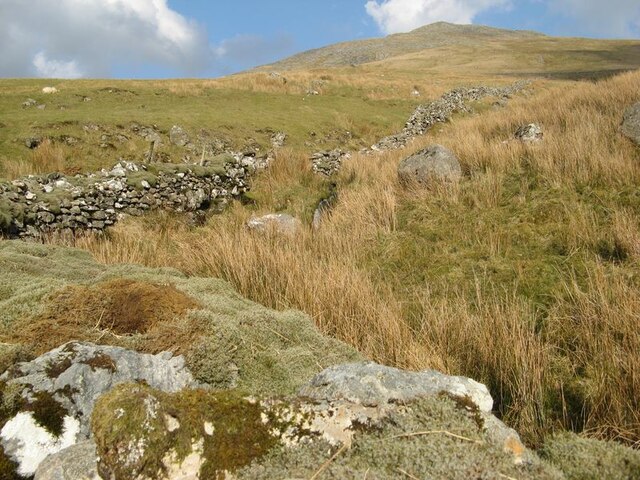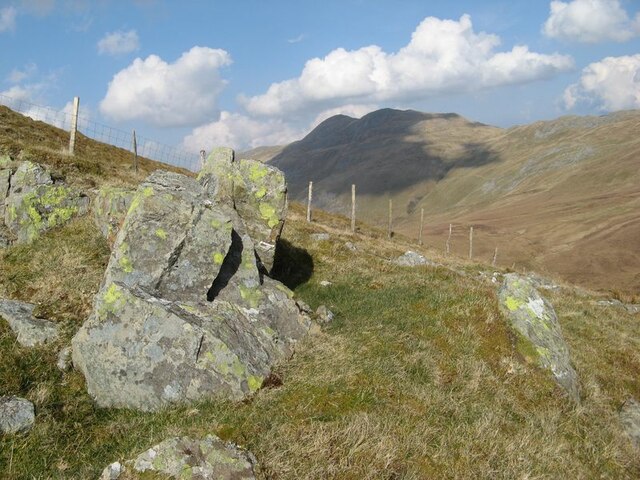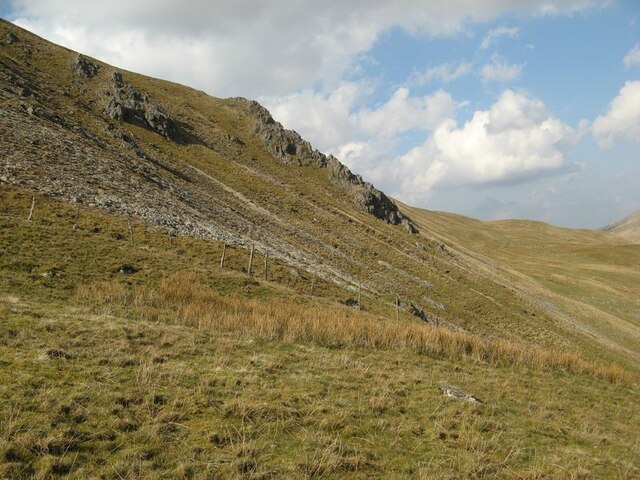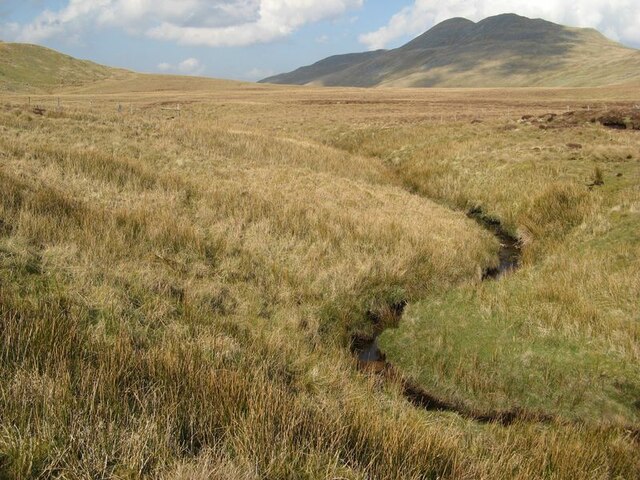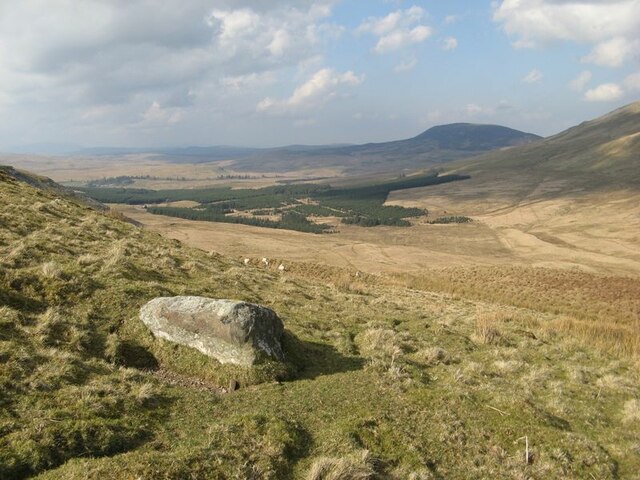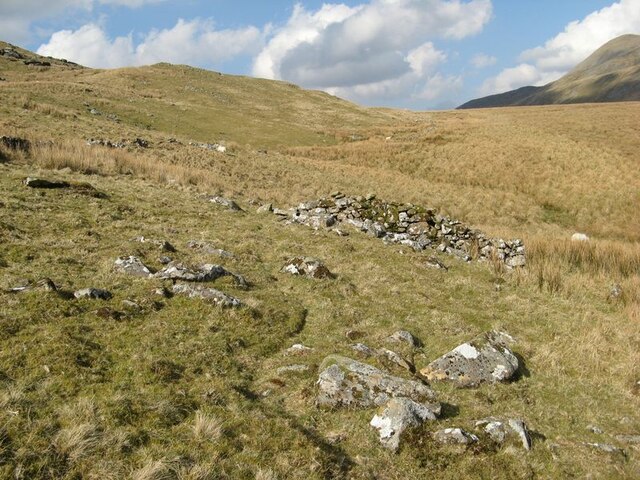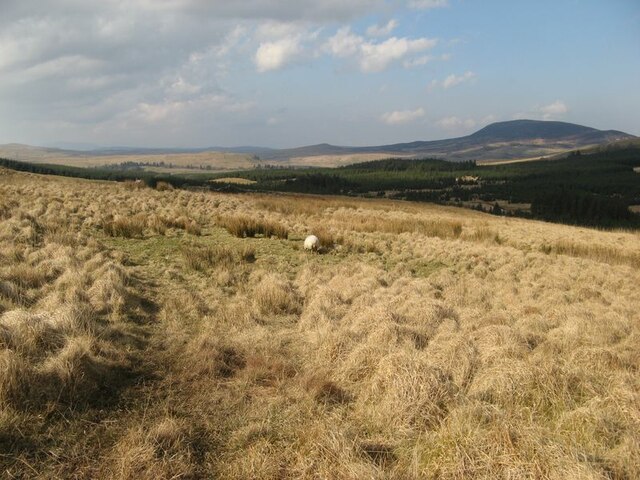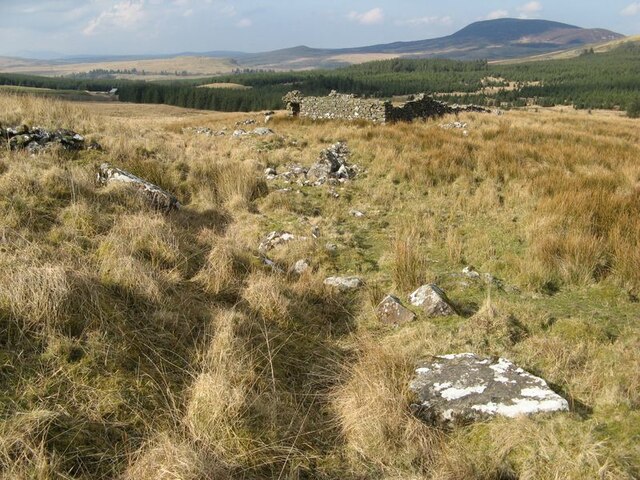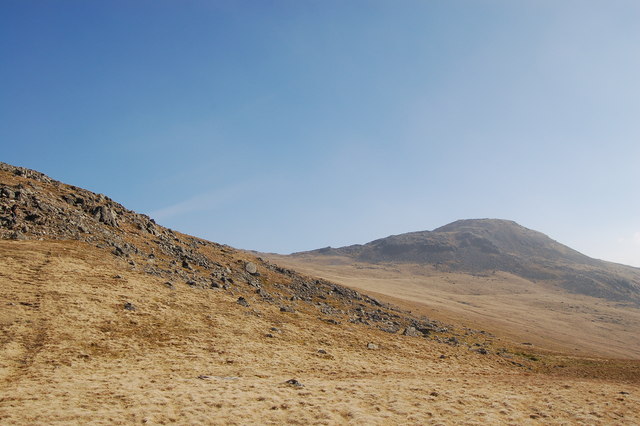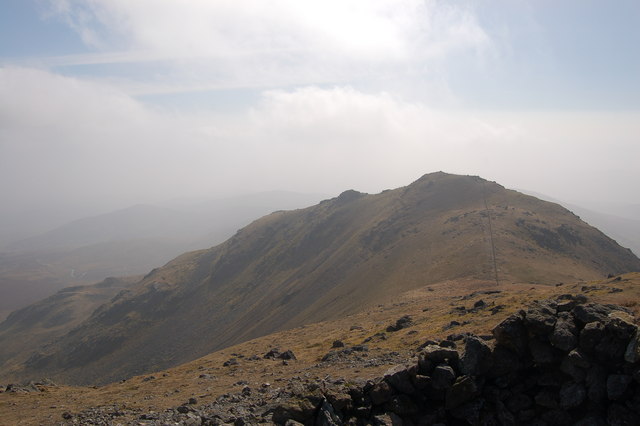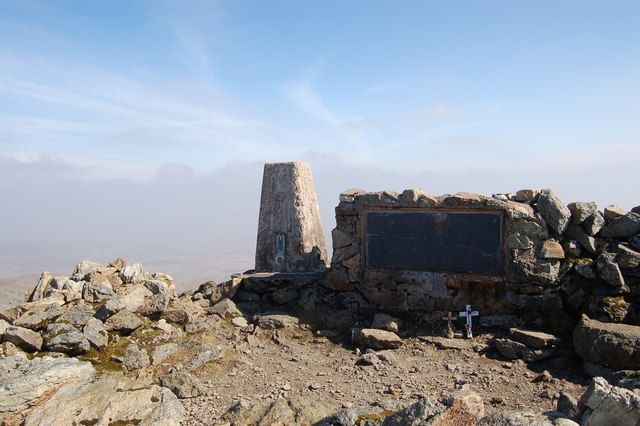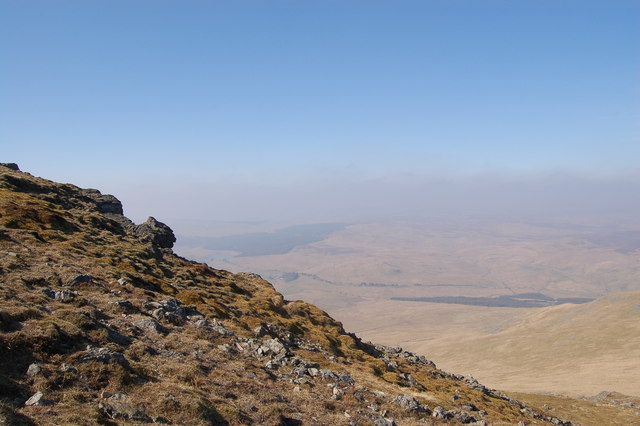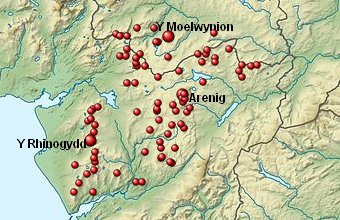Arenig Fawr South Ridge Top
Hill, Mountain in Merionethshire
Wales
Arenig Fawr South Ridge Top
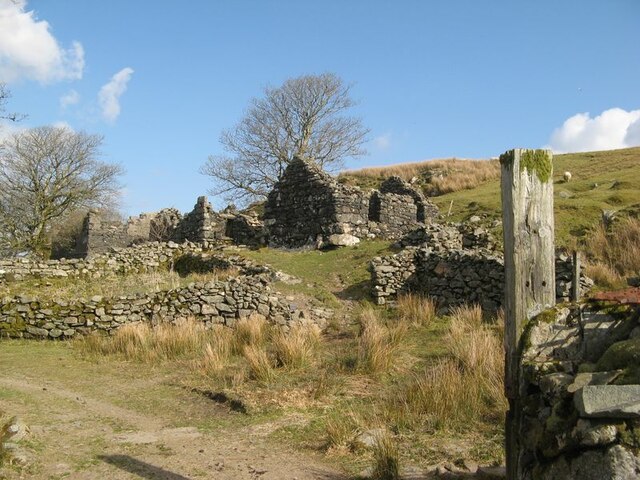
Arenig Fawr South Ridge Top, located in Merionethshire, Wales, is a prominent hill/mountain within the Snowdonia National Park. Standing at an elevation of 854 meters (2,802 feet), it offers stunning panoramic views of the surrounding landscape.
The summit of Arenig Fawr South Ridge Top is marked by a trig point, a concrete pillar used in land surveying. It is a popular destination for hikers and outdoor enthusiasts, attracting both experienced climbers and beginners. The ascent to the summit is relatively straightforward, with well-defined paths and trails leading to the top. However, caution is advised during inclement weather conditions, as the exposed nature of the ridge can make it treacherous.
The terrain of Arenig Fawr South Ridge Top is largely rocky and rugged, characteristic of the Snowdonia region. As visitors ascend the mountain, they are treated to breathtaking views of the surrounding countryside, including the nearby Lake Celyn and the rolling hills of Merionethshire. On clear days, it is even possible to catch a glimpse of the Irish Sea to the west.
The area surrounding Arenig Fawr South Ridge Top is rich in wildlife and biodiversity. The mountain is home to various species of birds, including red grouse and peregrine falcons, and is known for its diverse flora, featuring heather, mosses, and lichens. In addition to its natural beauty, the mountain also holds historical significance, with remnants of ancient settlements and mining operations scattered throughout the area.
Overall, Arenig Fawr South Ridge Top offers a memorable hiking experience, combining stunning landscapes, fascinating wildlife, and a sense of history. It is a must-visit destination for those exploring the Snowdonia National Park in Merionethshire.
If you have any feedback on the listing, please let us know in the comments section below.
Arenig Fawr South Ridge Top Images
Images are sourced within 2km of 52.907688/-3.7456163 or Grid Reference SH8235. Thanks to Geograph Open Source API. All images are credited.
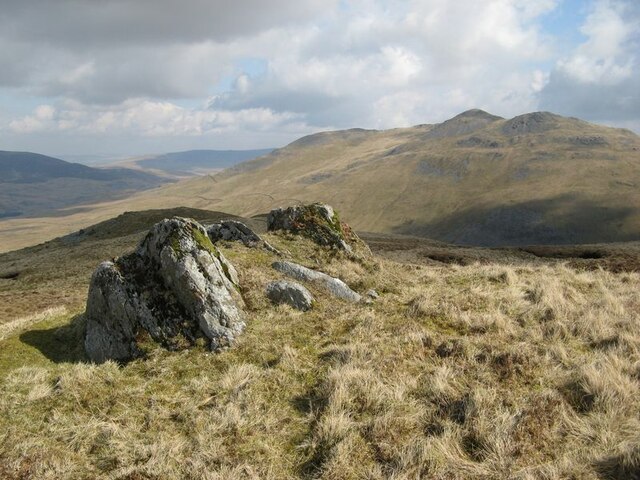
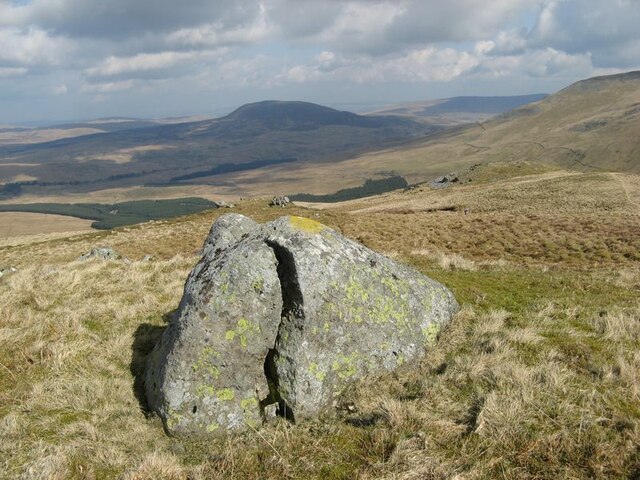
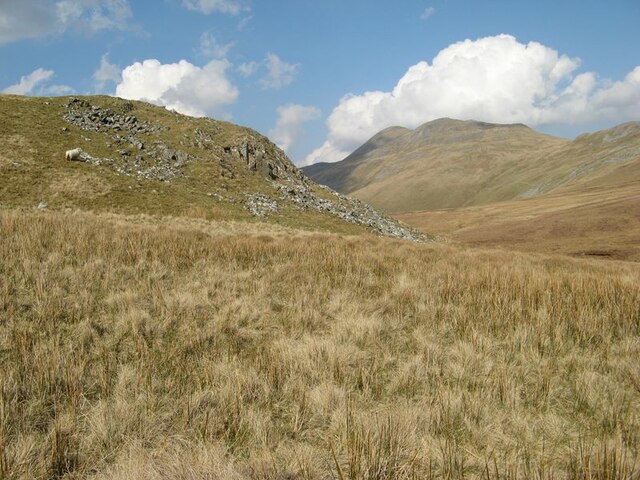

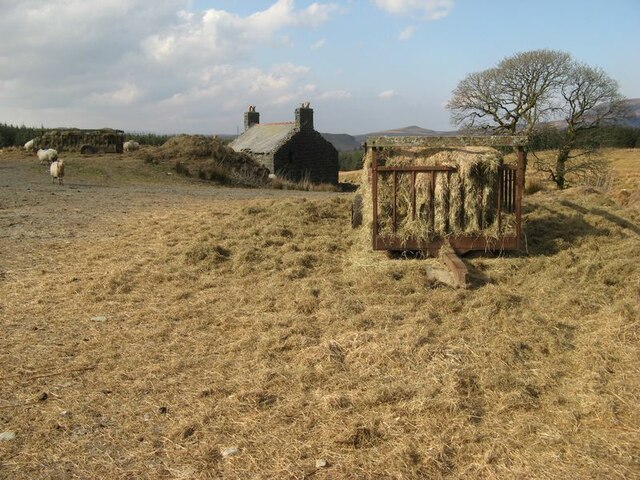
Arenig Fawr South Ridge Top is located at Grid Ref: SH8235 (Lat: 52.907688, Lng: -3.7456163)
Unitary Authority: Gwynedd
Police Authority: North Wales
What 3 Words
///countries.presuming.vest. Near Llanuwchllyn, Gwynedd
Nearby Locations
Related Wikis
Arenigs
Arenigs is an informal term for a group of mountains in central Snowdonia, in north Wales. They are not strictly defined, but normally include at least...
Foel Boeth
Foel Boeth is the twin top of Gallt y Daren in the southern half of the Snowdonia National Park in Gwynedd, North Wales, and forms part of the Arenig mountain...
Gallt y Daren
Gallt y Daren is a peak in the southern half of the Snowdonia National Park in Gwynedd, North Wales, and forms part of the Arenig mountain range. It is...
Arenig Fawr South Top
Arenig Fawr South Top is the twin top of Arenig Fawr in southern Snowdonia, North Wales. It is the second highest member of the Arenig range, being 18...
Nearby Amenities
Located within 500m of 52.907688,-3.7456163Have you been to Arenig Fawr South Ridge Top?
Leave your review of Arenig Fawr South Ridge Top below (or comments, questions and feedback).
